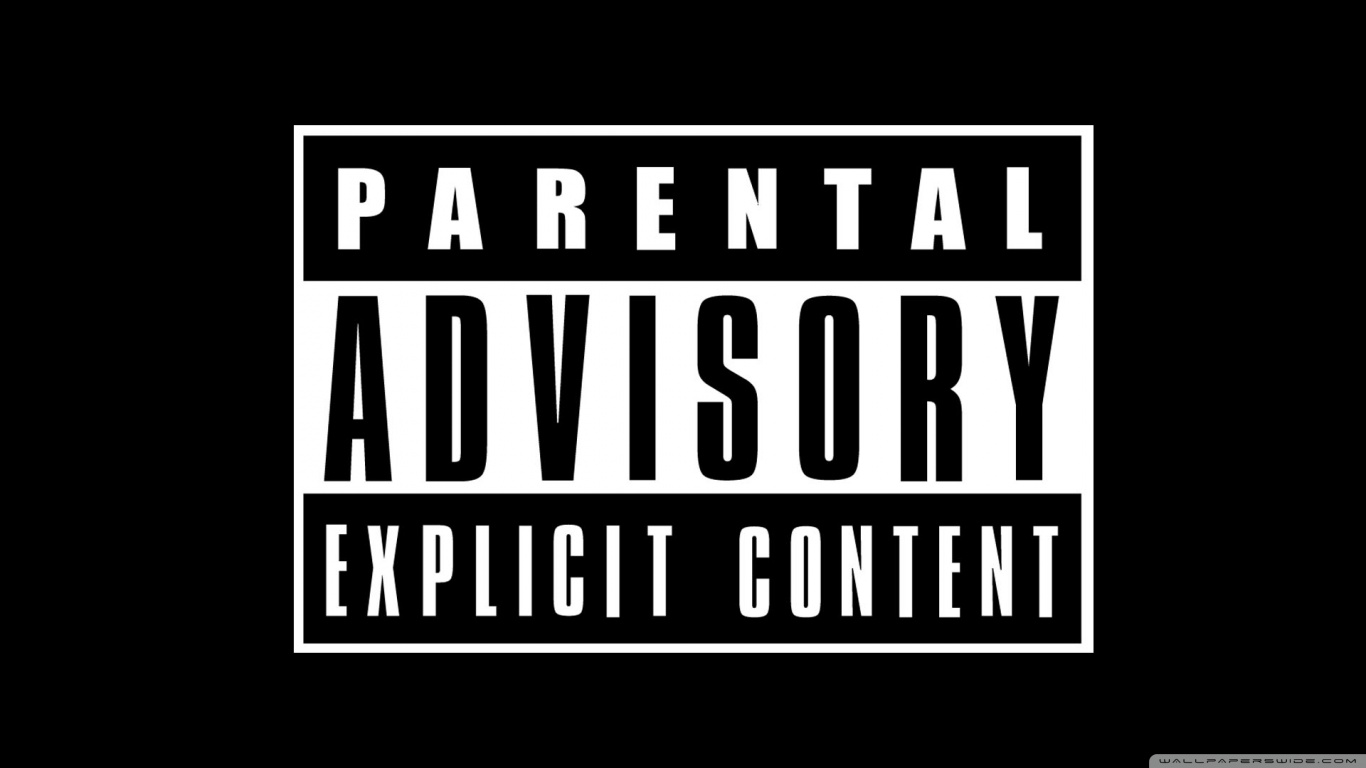
Atlascorrigan1006
Uploaded on Feb 11, 2025
Category
Technology
Air fumigation is a process used to eliminate airborne pathogens, pests, or contaminants from a closed environment, such as a room, building, or transportation vehicle. It typically involves dispersing a fumigant into the air, which then interacts with the targeted organisms or substances to neutralize or eliminate them.
Category
Technology
What is Air Fumigation and How Does It Work
What is Air Fumigation and How Does It Work?
Introduction
Air fumigation is a crucial method used to disinfect and sterilize enclosed
environments by releasing a fumigant gas into the air. This technique is widely
employed in various industries, such as agriculture, pharmaceuticals, and food
processing, to eradicate harmful microorganisms, pests, and contaminants. In this
comprehensive guide, we will explore the concept of air fumigation, its applications, the
process involved, and its benefits, with a particular focus on SVS Aqua, a leading
provider of air fumigation solutions.
What is Air Fumigation?
Air fumigation is a method of disinfection and sterilization that involves the use of
chemical agents, known as fumigants, released into the air. These fumigants are gases
or vapors that can penetrate surfaces, including cracks and crevices, to eliminate
microorganisms, insects, and other pests. The process is highly effective in ensuring a
clean and safe environment, free from harmful pathogens and contaminants.
Types of Fumigants
There are several types of fumigants used in air fumigation, each with its own set of
properties and applications. Some common fumigants include:
● Methyl Bromide: A widely used fumigant for controlling pests in agricultural
products, stored grains, and quarantine treatments. It is highly effective but has
been phased out in many countries due to its ozone-depleting properties.
● Phosphine: A commonly used fumigant for stored products and grains. It is
highly toxic to insects and microorganisms but relatively safe for humans when
used properly.
● Sulfuryl Fluoride: Used primarily for structural fumigation to control termites,
beetles, and other pests in buildings. It is effective and has a short aeration
period.
● Chlorine Dioxide: A powerful and environmentally friendly fumigant used in
various industries, including food processing, pharmaceuticals, and public health.
It is highly effective against a wide range of microorganisms and is safe for
humans and the environment when used correctly.
How Does Air Fumigation Work?
The air fumigation process involves several key steps to ensure the effective elimination
of pests and microorganisms. Here is a detailed breakdown of the process:
1. Preparation:
○ Cleaning: The area to be fumigated is thoroughly cleaned to remove any
visible dirt, debris, or organic matter. This ensures that the fumigant can
effectively reach all surfaces and crevices.
○ Sealing: The space is sealed to prevent the escape of the fumigant gas.
This may involve covering electronic equipment, sealing doors and
windows, and using plastic sheeting or other materials to create a tight
enclosure.
2. Introduction of Fumigant:
○ The fumigant is introduced into the sealed space using specialized
equipment, such as ULV (Ultra-Low Volume) foggers, mist blowers, or
fumigation chambers. These devices release the fumigant in the form of
fine particles, droplets, or gas, allowing it to spread evenly throughout the
area.
○ The concentration of the fumigant is carefully controlled to ensure effective
disinfection and sterilization while minimizing any potential risks to
humans and the environment.
3. Exposure Time:
○ The fumigant is allowed to remain in the enclosed space for a specific
period, known as the exposure time. This duration varies depending on
the type of fumigant used, the target pests or microorganisms, and the
size and complexity of the area being treated.
○ During this time, the fumigant penetrates surfaces, cracks, and crevices,
effectively killing or neutralizing pests and microorganisms.
4. Aeration:
○ After the exposure time, the area is ventilated to remove any residual
fumigant gas. This step is crucial to ensure that the environment is safe for
re-entry.
○ Specialized ventilation equipment, such as exhaust fans or air scrubbers,
may be used to expedite the aeration process and ensure that any
remaining fumigant is safely removed from the space.
5. Post-Fumigation Inspection:
○ A thorough inspection is conducted to ensure that the fumigation process
has been successful and that the environment is free from pests and
microorganisms.
○ Additional treatments or follow-up inspections may be required in some
cases to ensure long-term effectiveness and safety.
Applications of Air Fumigation
Air fumigation is used in various industries and settings for different purposes,
including:
● Agriculture:
○ Fumigation is commonly used to control pests and diseases in stored
grains, fruits, and vegetables. It helps in maintaining the quality and safety
of agricultural products.
○ It is also used for soil fumigation to control soil-borne pests, diseases, and
nematodes, promoting healthy crop growth.
● Pharmaceuticals:
○ In pharmaceutical manufacturing facilities, air fumigation is used to
sterilize cleanrooms, production areas, and equipment. This ensures that
the environment is free from harmful microorganisms and contaminants.
○ It is also used in research laboratories to maintain sterile conditions for
experiments and testing.
● Food Processing:
○ Air fumigation is employed in food processing plants to eliminate pests
and pathogens from food products, packaging, and processing equipment.
This helps in maintaining food safety and quality.
○ It is also used in warehouses and storage facilities to protect stored food
products from pests and contamination.
● Public Health:
○ Air fumigation is used in public health settings to control the spread of
infectious diseases. It is particularly useful in hospitals, laboratories, and
other healthcare facilities to ensure a sterile environment.
○ It is also used in schools, offices, and public transportation to maintain a
clean and safe environment for occupants.
Benefits of Air Fumigation: A Closer Look
Air fumigation offers several compelling benefits, making it a preferred method for
disinfection and sterilization across various industries. Let's explore these benefits in
greater detail:
1. Effective
One of the primary advantages of air fumigation is its high level of effectiveness.
Fumigants are potent chemical agents designed to eliminate a wide range of pests and
microorganisms, including bacteria, viruses, fungi, insects, and rodents. This broad-
spectrum efficacy ensures that the treated environment is thoroughly disinfected and
sterilized, providing a safe and clean space.
● Comprehensive Disinfection: Fumigants can target multiple types of
microorganisms and pests simultaneously, reducing the need for multiple
treatments and ensuring complete disinfection.
● Reliability: The effectiveness of air fumigation has been proven through
extensive research and practical applications in various industries, making it a
trusted method for maintaining hygiene and safety.
2. Penetration
Fumigants have the unique ability to penetrate surfaces, cracks, and crevices that are
often inaccessible to conventional cleaning methods. This ensures that even hidden
areas are treated, leaving no room for pests and microorganisms to survive.
● Deep Reach: Fumigants in gaseous form can easily reach and treat areas that
are difficult to access, such as gaps between walls, under flooring, and within
equipment.
● Thorough Sterilization: By penetrating deep into surfaces and structures,
fumigants provide a more thorough and comprehensive sterilization compared to
surface-only treatments.
3. Efficiency
The air fumigation process is relatively quick and can be completed within a short
period, minimizing downtime for businesses and facilities. This efficiency is particularly
beneficial in industries where time is of the essence, such as food processing,
pharmaceuticals, and public health.
● Rapid Treatment: Fumigation can be conducted quickly, allowing for minimal
disruption to regular operations and reducing the overall time required for
disinfection.
● Cost-Effective: The efficiency of air fumigation translates to cost savings, as
businesses can resume their operations faster and reduce the need for repeated
treatments.
4. Safety
When used correctly, fumigants are safe for humans and the environment. Proper
precautions and safety measures are essential to ensure safe application and handling
of fumigants, thereby minimizing any potential risks.
● Controlled Application: Fumigation is carried out by trained professionals who
follow strict safety protocols to ensure the safe and controlled release of
fumigants.
● Environmental Considerations: Many modern fumigants, such as chlorine
dioxide, are designed to be environmentally friendly, breaking down into
harmless byproducts after their application.
Additional Benefits
Apart from the core benefits mentioned above, air fumigation also offers several
additional advantages:
● Versatility: Air fumigation can be used in a wide range of environments,
including agricultural fields, food processing plants, pharmaceutical facilities,
healthcare settings, and public spaces.
● Preventative Measures: Regular fumigation can act as a preventative measure,
reducing the likelihood of pest infestations and microbial contamination, and
maintaining a consistently clean and safe environment.
● Compliance: Many industries are subject to strict regulatory standards for
hygiene and safety. Air fumigation helps businesses comply with these
regulations, avoiding potential fines and ensuring the well-being of employees
and customers.
SVS Aqua: Leading the Way in Air Fumigation
SVS Aqua is a leading manufacturer of chlorine dioxide products, which are widely
used for air fumigation. Their products are known for their effectiveness, safety, and
environmental friendliness. SVS Aqua offers a range of solutions, including chlorine
dioxide tablets, powder, gel, and granules, which are suitable for various applications.
SVS Aqua's air fumigation solutions are used in industries such as food and beverage,
aquaculture, pharmaceuticals, and wastewater treatment. Their products ensure a safe
and hygienic environment, making them a trusted partner for businesses looking to
maintain high standards of cleanliness and safety.
● Chlorine Dioxide Tablets: These tablets are easy to use and can be dissolved
in water to release chlorine dioxide gas for air fumigation. They are highly
effective against a wide range of microorganisms and pests.
● Chlorine Dioxide Powder: The powder can be mixed with water to produce
chlorine dioxide gas for fumigation. It is suitable for large-scale applications and
provides consistent and reliable disinfection.
● Chlorine Dioxide Gel: The gel formulation provides a slow and controlled
release of chlorine dioxide gas, making it ideal for continuous disinfection in
enclosed spaces.
● Chlorine Dioxide Granules: These granules can be used for soil fumigation and
other specialized applications, providing effective pest control and sterilization.
Conclusion
Air fumigation is a highly effective method for disinfecting and sterilizing environments.
By using chemical agents released into the air, it can eliminate harmful microorganisms,
pests, and contaminants. SVS Aqua stands out as a leading provider of air fumigation
solutions, offering a range of chlorine dioxide products that ensure safety and hygiene in
various industries. Whether it's agriculture, pharmaceuticals, food processing, or public
health, air fumigation plays a crucial role in maintaining a clean and safe environment.

Comments